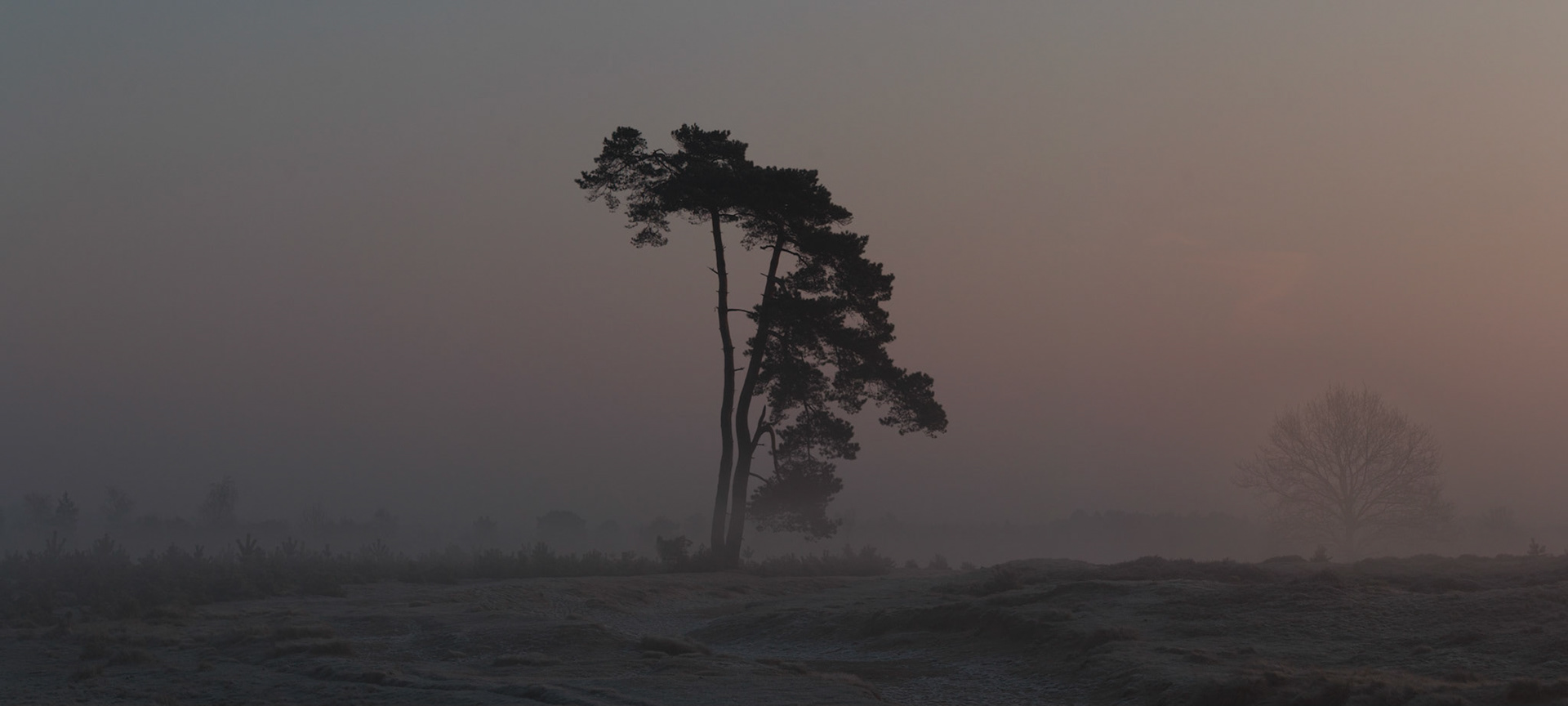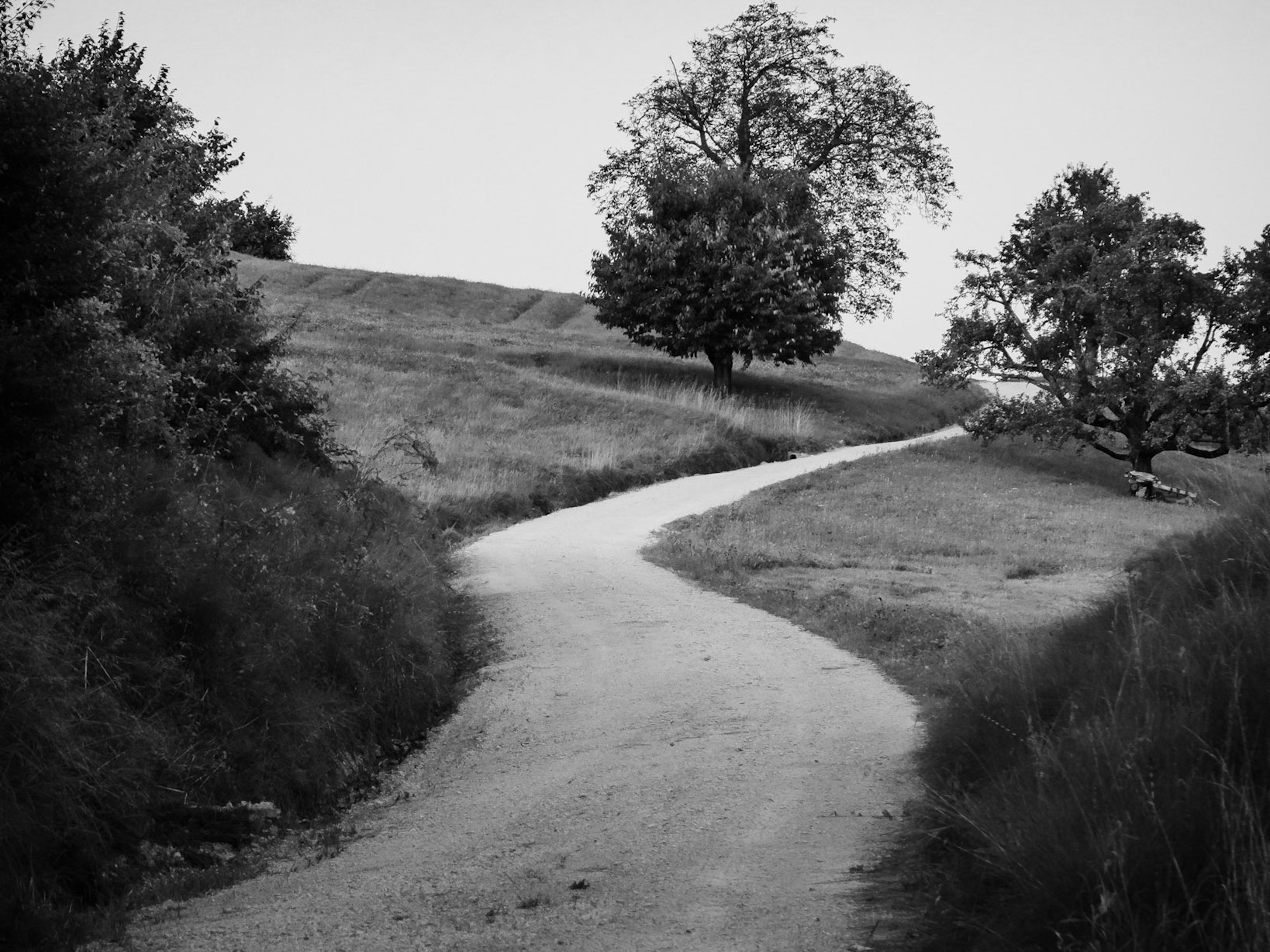On the lonely Dutch tree
I was born in Mexico, and in an effort to follow my metaphorical nose, ended up in the beautiful, flat countryside of the Netherlands. There is an curious compromise when moving away from your place of your childhood: everything is new and therefore everything is interesting, but everything is new, and nothing is comfortable.
The lonely tree stands out. The lonely tree is easily noticed when the surroundings are not other trees. Mexican forests tend to be messy woodlands where everything from the ground floor to the canopy is occupied by the leafed creatures. The eyes don't easily rest in details, and my early photographic efforts led only to frustration and I turned instead to photograph the small.
In Europe, the current forests are recent inventions, ordered as if the land was a giant spreadsheet. There's a beauty and a sadness in that order. But for the untrained I (and eye), the order was a gift. Day after day I could go out and befriend trees. I would give them names and come visit them in different weather to get to know them better. The trees would present themselves naked, unprotected, sometimes even dead, free from distractions.
It was only later that I realized the parallel of these trees with my own experience. A tree that stands out is a tree that is alone and unprotected. The individualistic streaks in European cultures have an emotional toll on people. Just like the wind and the rain can erode the soil and expose the roots of the lonely tree.
Not only did I receive from the lonely tree the gift of simplicity to train my photographic eye, but I also received the gift of company in the process of finding a comfort in a strange, new, and unprotected place.
















